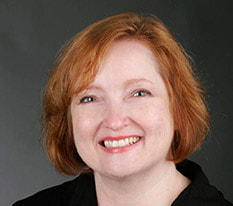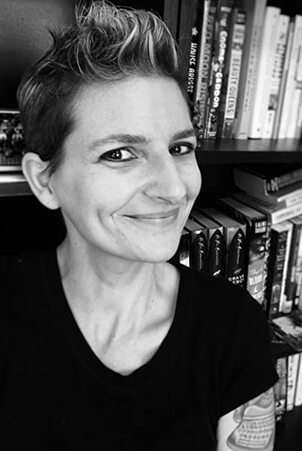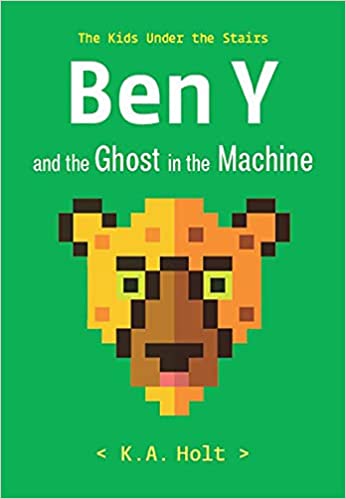| Dr. Melanie Hundley returns to the blog this week to tell us about students' work with K.A. Holt. Aside from being a Monday Motivator curator for YA Wednesday, Dr. Melanie Hundley is a Professor in the Practice of English Education at Vanderbilt University’s Peabody College. Her research examines how digital and multimodal composition informs the development of pre-service teachers’ writing pedagogy. Additionally, she explores the use of digital and social media in young adult literature. She teaches writing methods courses that focus on digital and multimodal composition and young adult literature courses that explore race, class, gender, and sexual identity in young adult texts. She has taught both middle and high school English Language Arts. She is currently the Director of Undergraduate Studies for the Department of Teaching and Learning. |
The middle school students in the reading group have been focusing on novels in verse for several weeks. This week’s focus is K.A. Holt’s Ben Y and the Ghost in the Machine. We have been focusing on the poem called School. Matt says, “I wasn’t really interested in reading poetry so I didn’t expect to like this book. But it was not what I expected at all. I liked Ben a lot.” Karlie nods and adds, “The poem about beige is my favorite.” Six other students nod and one says, “I never thought about a color being heavy but by the time we got to the end of the poem, I felt the weight of beige.” The students talk excitedly about what it is like to feel the weight of something that doesn’t really have weight to it.
Beige is a color, sure.
It blandly blends,
and it blends blandly.
It isn’t happy.
It isn’t sad.
It’s just…beige.
There has always been beige.
There will always be beige.
It is what it is.
Because it’s beige.
But beige isn’t just a color.
Beige is also
a state of mind.
Embrace the beige
so you can blend blandly,
and blandly blend;
so you can join
the one big Everyone
that fills the halls
like a soggy glob
stuck in the throat,
that can’t be coughed out
no matter how hard
you try.
There has always been beige.
There will always be beige.
It is what it is.
Because it’s beige.
And if you don’t embrace it?
If don’t easily blend?
Beige tries to swallow YOU whole--
or worse, you’ve already been devoured
and you don’t even know.
. . . .
The beige has this way
of seeping into your brain,
of making you wonder--
if there’s so many of them,
and not very many of you,
maybe
just maybe
you are wrong or bad
for not fitting
into the blob,
and maybe
just maybe
the safety
of being the same
is better than
the danger
of being you.
K. A. Holt (2021, p. 117-119)
The students reread School one more time before they write. We talk about colors and the importance they play in our daily lives. Then the students choose a color and brainstorm three lists: What I think about my color, where I see my color, and what people think about my color.
After the brainstorm, the students write a series of sample first lines for their poem about the color they’ve chosen. First, they write a sentence similar to the one K.A. Holt uses to open school—short, provocative, declarative. It is layered with opinion.
Green is the color of spring, kind of.
Pink is a girl color, they say.
Blue is the color of the sky, bright and smiling.
The students then try out asking a question about their color to see if that is the way they want to open their poem.
How many things are green?
Why do people think that yellow is a happy color when it is the color of a fading bruise?
How can one shade of pink be so very…bright?
The students then write a definition of their color—based on their personal definition not the one in the dictionary.
Yellow is sunshine, daisies, and my sister’s hair.
Blue is magic—it is light and bright on a summer day and dark and scary before a storm.
Green is the color of grass, dark and deep but it is also the color of snot, bright and slimy.
After the prewriting, the students write the first draft of their poem. They underline the places in their poems where they used a technique that they saw in the mentor poem School. Matt says, “I didn’t think I would like writing a poem. I was wrong. This poem wasn’t scary and it was about something I know so it made me think I could write something.” When the students shared their poems, they talked about the techniques they used and what those techniques added to their writing. As a mentor text, this poem provided a great deal for the students to talk about as readers; it also provided multiple skills they could try out as writers.
Holt, K. A. (2021). Ben Y and the ghost in the machine. Chronicle Books: San Francisco.




 RSS Feed
RSS Feed